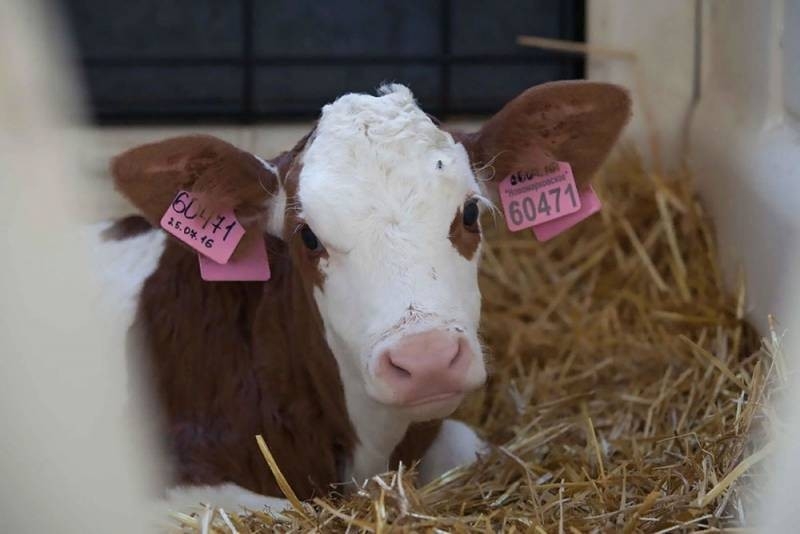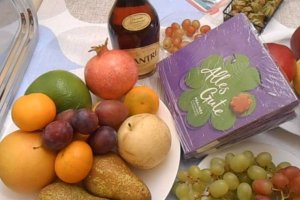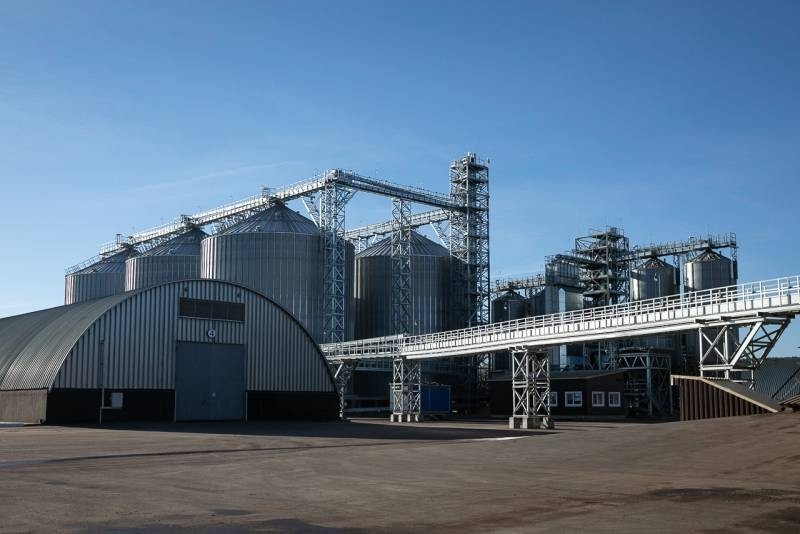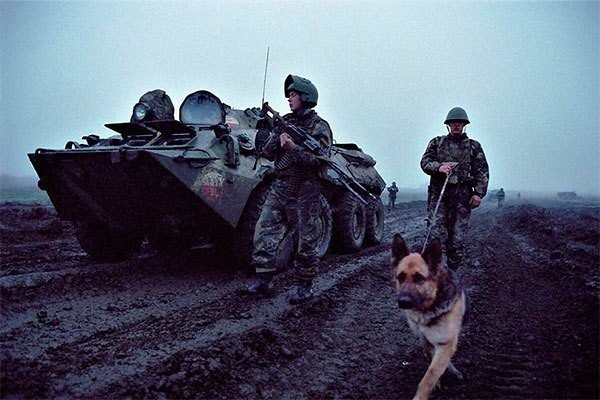
Deputy Prime Minister of Russia Viktor Abramchenko government cooled the excitement in the food market, arising as a result of the pandemic coronavirus: the existing production capacity and stocks of products in the country will be enough even in the face of increased demand.
Deputy Prime Minister presented a favorable picture
As an example, Victoria Abramchenko told about the most sought after these days cereals - buckwheat and rice. Their reserves have to trade warehouses in many regions of the country. Besides, Altai region has reserves of buckwheat in the amount of 365 thousand tons. 180 thousand tons of paddy has at the processing enterprises of the Krasnodar Territory.
According Abramchenko, Russia is among the five largest producers of poultry meat and pork in the world. Last year produced more than 5 million tons of poultry meat and more 3,9 million tonnes of pork.
Deputy chairman of the Russian government:
For the last 15 years, the consumption of meat and meat products increased by 38%, to 76 kilograms per person per year, while the global consumption of meat in the world does not exceed 43 kilogram. And manufacturers meet Russian demand for meat category.
Good situation and other special demand of foodstuffs. This is the result of years of work to ensure the country's food security. known, that in the beginning of the century in many respects Russia is saturated with imported food.
There was such a well-known politician - sell oil and buy everything. As a result,, to 2010 year, According to the Institute for Complex Strategic Studies, order 40% household spending on food accounted for by imports.
Fruit and berries, this figure punched mark in 70%, of cheese and milk powder - in 50, of pork - 40 percent. Meanwhile,, critical for the food security of the country is considered to be the import of food products in the amount of 25% on the needs.
As food security doctrine helped sanctions
Understanding this has forced the government to take in January 2010 , the Food Security Doctrine. It implies an extension of its own production of food and raw materials for him.
according to the document, to 2020 , the level of self-sufficiency of grain and potatoes should be at least 95 percent, for milk and dairy products - 90%, meat, meat products and edible salt - 85%, sugar, vegetable oils and fish products - at least 80 percent.
In May 2017 the then chairman, Dmitry Medvedev, said the government, that Russia is fully ensured their food security. Imports fell in 1,7 fold. While maintaining the availability of products for human nutrition, both in terms of volume, and prices.
This result gave, first of all, Russia entered kontrsanktsii and import substitution program, supported by the federal budget. Last year, overseas shipments of agricultural and food fell to the lowest level since the beginning of the century - 12,4% of the total consumption.
The course is to increase the proportion of self-sufficiency has meant, that Russia ranks first in the world in the production of rye, oats, barley, sugar beets, sunflower, buckwheat. Fourth place we have for poultry and wheat, the fifth - by the volume of fish catch.
Russians currently consume 28 kilograms of fish and fish products per capita per year. While, that recommended by scientists physiological minimum consumption rate of fish flesh must be 15,6 kilograms per person per year.

Interview. For the first time in the middle class: President sent there 70% Russians
Other achievements include the Russian agrarians fourth place in the world for the production of animal feed, the fifth - on pork and cow's milk, Seven - poultry egg. If the zero years Russia was the largest importer of pork, now it has come out with this meat export market.
So in the main it has been implemented Food Security Doctrine, adopted in 2010 year. In this January, President Vladimir Putin signed a decree approving a new doctrine. In its criteria from the previous level to 90% self must rise of sugar production, vegetable oil, vegetables and melons.
Vegetables in the Doctrine first appeared, like fruit with berries. TO 2030 year (the time frame of the document) Russia should provide itself with fruits and berries on 60%. There is another important factor - the production of seeds of major crops at least native selection 75 per cent of the needs of.
The new criteria are realistic and achievable. Possibilities for this purpose are. At first, Russia accounts 10% all the world's arable land. Three years ago, planting a wedge exceeded 80 million hectares and continues to expand further. Secondly, State seriously supports the agricultural sector financial resources (subsidies from the budget and soft loans). Annually allocated for this purpose about 500 billion. rubles.
Thirdly, expanding scientific base of agriculture, breeding in crop and livestock. Fourth, developing industry infrastructure. Building new storage, preprocessing harvest items. Increases its safety.

Finally, the agricultural sector has adequately qualified personnel. He's the main problem to be solved, identified in the Food Security Doctrine.
It turns out, on these five pillars holding food today wellbeing Russia. It is generally achieved. The country felt it in the days of sudden rush for food.
Gennady Granovsky











